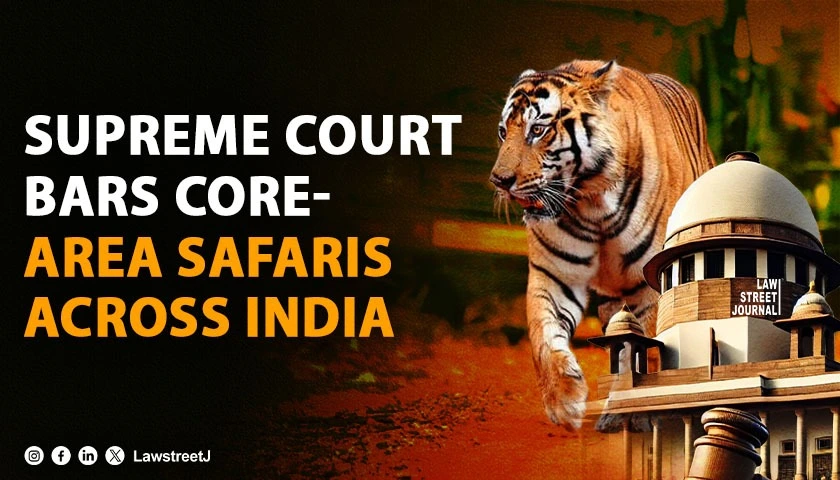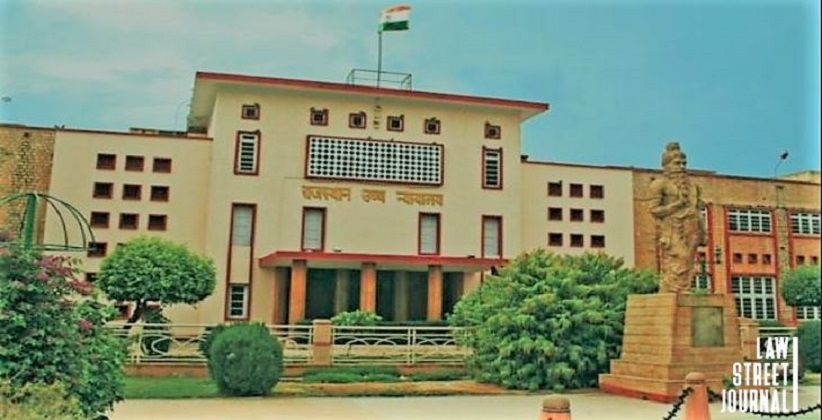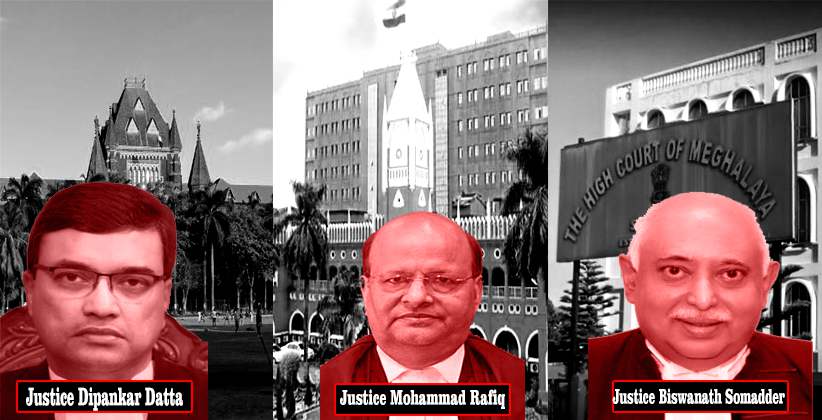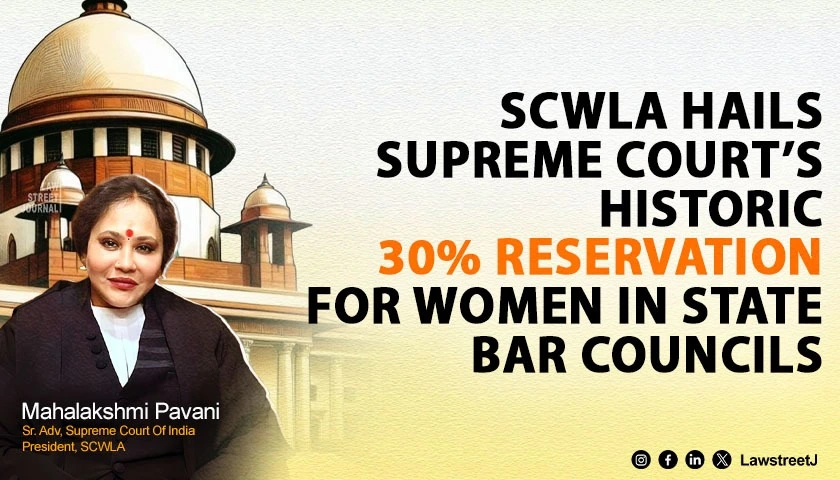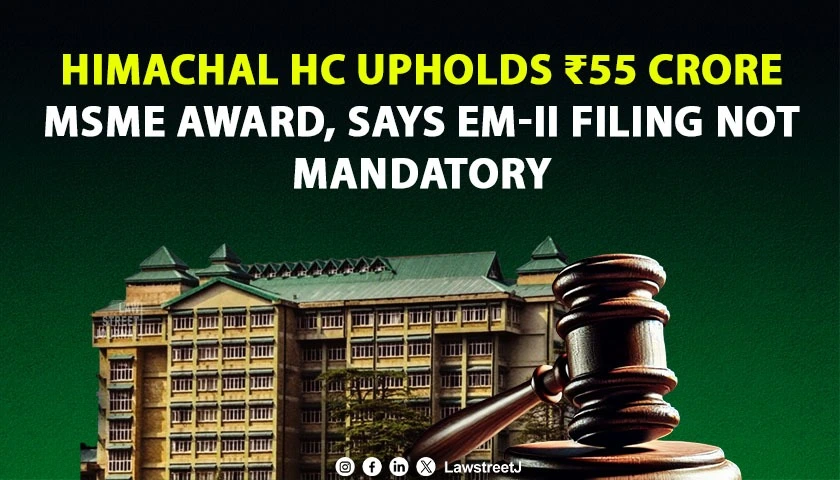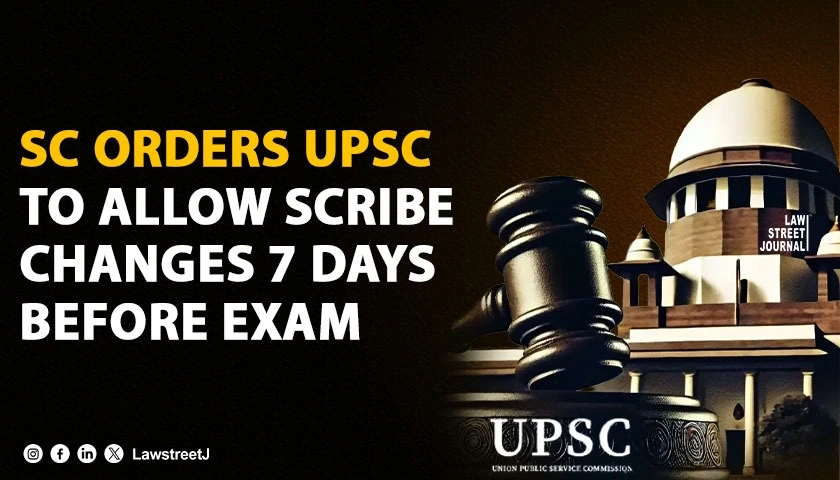New Delhi: The Supreme Court of India, on 17 November 2025, delivered a landmark judgment issuing detailed pan-India directions for the conservation and management of Tiger Reserves. The verdict, a continuation of the Court’s earlier judgment dated 6 March 2024, followed a review of the Expert Committee Report constituted to address illegal activities in the Corbett Tiger Reserve (CTR) and recommend uniform national guidelines. The Bench comprised CJI B.R. Gavai, J. Augustine George Masih, and J. A.S. Chandurkar.
The Court, adopting a restitutive approach, accepted the Expert Committee’s restoration recommendations for CTR, which was severely damaged by illegal construction and felling. The State of Uttarakhand has been directed to submit a restoration plan, in consultation with the Central Empowered Committee (CEC), within two months and must begin demolishing all unauthorized construction identified by the Committee within three months.
While noting the Committee’s estimation of total ecological damage at approximately ₹29.8 crore (including ₹4.30 crore for in-situ ecological restoration), the Court declined to rule on the precise financial quantification due to the pending CBI prosecution against delinquent officers. Instead, it focused on ecological restitution:
“Rather, we find that it will be in the interest of justice that the State of Uttarakhand is directed to restore the ecological damage caused to the Corbett Tiger Reserve under the supervision, guidance and control of the CEC. Needless to say, the Field Director shall periodically report to the CEC with regard to the restoration, and the restoration work would be carried out to the satisfaction of the CEC.”
The Court also clarified that proportionate costs may be recovered from errant officers after the completion of disciplinary proceedings.
The judgment establishes a stringent, nationwide regulatory regime for Tiger Safaris, prioritizing ecocentrism and ensuring that tourism does not harm critical habitats:
“In terms of the proviso to Section 33(a) and the provisions contained in the Explanation (ii) of sub-section (4) of Section 38-V of the WLP Act, and the judgment of this Court in T.N. Godavarman (supra), it is categorically held that Tiger Safari shall not be permitted in the core or a critical tiger habitat area.”
Safaris may only be established on non-forest land or degraded forest land in buffer zones, provided the land is not part of a tiger corridor. Crucially, every Tiger Safari must be paired with a full-fledged rescue and rehabilitation centre for conflict, injured, or abandoned animals from the same Tiger Reserve or landscape. The sourcing of animals from outside the Tiger Reserve is strictly prohibited. Safaris will be managed by the Field Director of the concerned Tiger Reserve, and all financial earnings must be reinvested through the Tiger Conservation Foundations.
The Court directed all State Governments to notify Eco-Sensitive Zones (ESZs) around all Tiger Reserves—including buffer and fringe areas—within one year from the date of judgment:
“We are of the firm belief that ESZs cannot only be restricted to Sanctuaries or National Parks, and must include buffer and peripheral areas of Tiger Reserves as well.”
The ESZ must include the entire buffer or fringe area and will be subject to the same safeguards as the 2011 MoEF&CC Notification, including a complete ban on mining activities within 1 km of a Tiger Habitat, buffer area, or the notified ESZ—whichever is larger.
The Court further mandated that the entire area of every Tiger Reserve—including ESZs—be declared a Silence Zone under the Noise Pollution (Regulation and Control) Rules, 2000, to be notified within three months. It also imposed a:
- complete ban on night tourism, and
- strict night-time road-use regulation (no traffic from dusk to dawn except ambulances/emergency services) for roads passing through core/critical habitats.
The use of mobile phones within tourism zones of core habitats has also been prohibited to avoid disturbance to wildlife.
For effective nationwide governance, all States must notify the buffer and core areas of their Tiger Reserves within six months and prepare a Tiger Conservation Plan (TCP) within three months. The NTCA has been directed to frame Model Guidelines on Human-Wildlife Conflict Management within six months. All information on Tiger Reserves, Corridors, and ESZs must be uploaded to the Central Government’s Gati Shakti portal to ensure that avoidance of wildlife-bearing forests is treated as the primary mitigation strategy in infrastructure planning.
The Union and State Governments have been directed to implement the Court’s directions by issuing necessary rules, memorandums, or circulars within six months of the judgment.
Case Details:
Case Name: T.N. Godavarman Thirumulpad v. Union of India & Others (In Re: Corbett)
Writ Petition (C) No.: 202 of 1995
Date of Judgment: 17 November 2025
Counsel Appearing:
Amicus Curiae: Mr. K. Parameshwar (assisted by Mr. M.V. Mukunda, Ms. Kanti, Ms. Raji Gururaj, Mr. Shreenivas Patil and Ms. Veda Singh)
For Union of India/Authorities: Ms. Aishwarya Bhati, Additional Solicitor General
For State of Uttarakhand: Shri Abhishek Attrey, Standing Counsel
Applicant in Person: Mr. Gaurav Kumar Bansal

